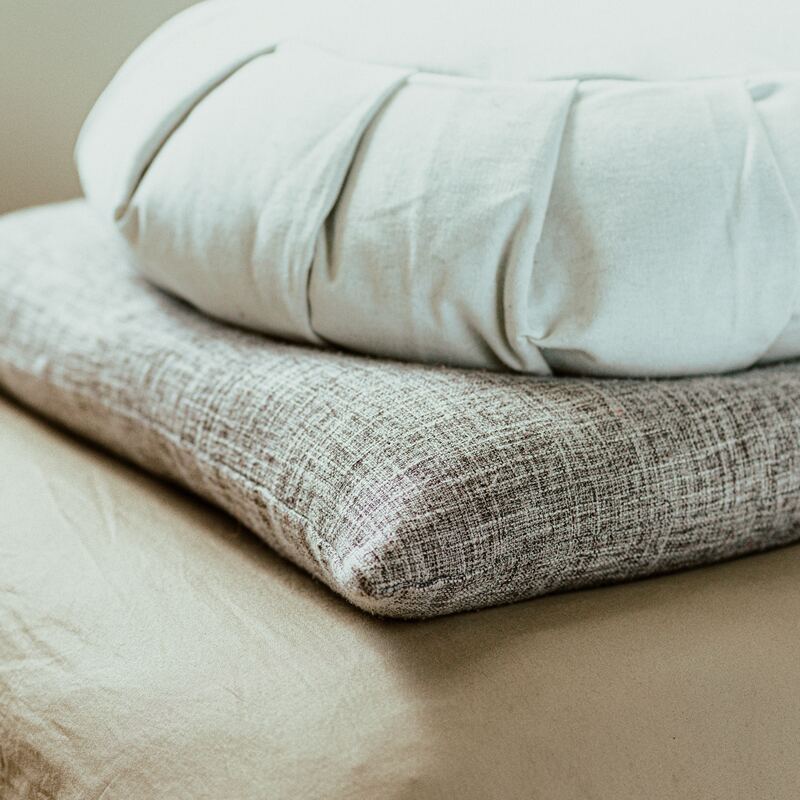 Photo by Kier in Sight Archives on Unsplash Yoga Nidra, also known as yogic sleep, is a powerful relaxation technique that can offer numerous benefits to creatives. Here are some specific ways in which Yoga Nidra can enhance the creative process:
0 Comments
If you have a career that requires creativity or you’ve ever needed a creative solution to a problem, you’re aware of how challenging it can be to be creative on command. Creativity seems to come and go with little rhyme or reason. Have you ever wished you could proactively boost your creativity? You can!
Like any other skill, the ability to increase your creativity gets better with practice and experience. Get started today and you’ll find yourself being more creative in the future. These strategies will encourage your creativity to blossom: Work in a new environment. It’s amazing how much a change of scenery can help! Try working in the library or a coffee shop. Rearrange your office and change the view. When you do the same things in the same place, you’ll tend to think the same thoughts. -Turn off your autopilot and expose your senses to new stimuli. Pretend you’re helping someone else find solutions. Many people find that they have more creative ideas when helping others solve their challenges. -Pretend you’re helping a friend and let the ideas flow. Depersonalizing the issue seems to free up a part of the mind that’s otherwise stifled. Brainstorm in pairs. Have you ever noticed that you and a friend or coworker find more creative ideas between the two of you rather than when brainstorming in a group? Break away from the group and pair up with just one other person. -When a large group brainstorms, most of the group members lack a sense of accountability. It’s too easy to be passive. Try being creative at a different time of the day. If you normally write in the morning, try the evening. Try staying up extra late or getting up extra early for a change. If you’ve been feeling stuck at 9 AM for a while, it’s time try a different hour of the day. Set your alarm clock for 3 AM and force yourself to work for 20 minutes. Try some music. Few things can change your mood and get those creative juices flowing faster than a great song. Try different types of music and see what works. Avoid sticking to only your favorites. Branch out and listen to something new. Meditate. Meditation is useful tool for giving your mind a well-needed break. You’ll find your thoughts start to become reenergized. Simple and elegant solutions frequently reveal themselves after a short period of meditation. -Meditation requires a little practice, but it’s easier to learn than you may think. Meditate on your challenges and be open to the thoughts that arise. Stay hydrated. Get a drink of water! Your body is mostly water. Even a small degree of dehydration causes all sorts of biological processes to go haywire. If you’re feeling stuck, take a minute to drink a large glass of water. -Remember to drink throughout the day and the evening. Go outside. Try getting outside for a little exercise. The late John Denver frequently commented that all of his best songs were written immediately after an exhilarating, outdoor activity. He frequently skied, drove racecars, and flew experimental airplanes. -You may lack a plan, but you can still get outside and do something stimulating! Creativity doesn’t automatically happen on command. There are times when creativity is needed, but it’s nowhere to be found. Add these tips to your creativity pool the next time you’re feeling uninspired. If one strategy fails to yield the results you desire, try another. With practice, you can learn to unleash your creativity on demand. One of the most discouraging issues any creative has to face is the creative block. One of the definitions I identify with regarding a creative block is what an article in GoodTherapy describes as “the inability to access one’s internal creativity. People who are in engaged in creative activities or professions such as authors, actors, artists, dancers, etc. are often adversely affected by creative blocks….long stretches of uncreatively which can last for up to years.. There are many things, which I have covered in previous blog posts that can lead to a creative block. Some of these include
How does one deal or overcome the creative block when it rears its ugly head in our creative life? Here are some ideas and methods that I used to help me move past it in the past:
Think of who you know you want to cultivate within you as a creative. Practice writing statements (in the affirmative) that describes who you are or becoming. EXAMPLE: I don’t know if I am truly the creative person want to be. Affirmation: I love and trust my creative gifts. EXAMPLE: I think I am a songwriter, but not sure if it is just in my head or if I’m that good. Affirmation: I am a talented and very gifted songwriter that is celebrated for my work. If you facing depression or some kind of mental or physical illness, these tips may not work well for you and professional intervention via a therapist or physician may be the first step in dealing with the creative block you are facing. Take time to make a proper assessment of what is going on and what might be the source of your blockage before trying these or other tips to address it. Have you tried other ways to unblock your creativity? Share below! |
Archives
April 2024
Categories
All
|



 RSS Feed
RSS Feed